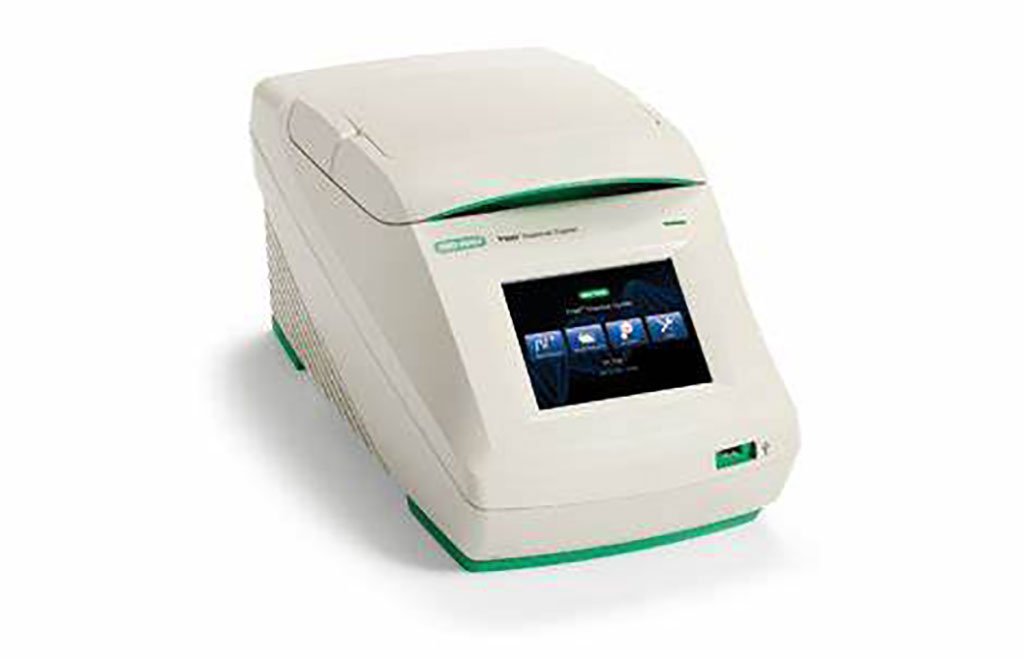Link Identified Between Mitochondria and Pancreatic Cancer Risk
Posted on 18 Oct 2022
Tumors invariably rewire their metabolism to promote cellular plasticity, adapt to ever-changing nutrient availability and acquire traits of aggressive disease, including metastatic competence. Cancer metabolism has long been equated with the preferential utilization of glycolysis by tumor cells even when oxygen is present.
Although mechanisms of mitochondrial reprogramming in cancer have recently come into better focus, the role of organelle fitness in this process has not been widely considered. In fact, the microenvironment of tumor growth is highly unfavorable to mitochondria, as erratic oxygen concentrations and oxidative radicals can compromise organelle integrity, deregulate multiple mitochondrial functions, and activate cell death.

A multidisciplinary international team of scientist led by The Wistar Institute (Philadelphia, PA, USA) examined primary patient samples with histologically confirmed diagnosis of normal brain parenchyma (tumor-free surgical margins, N = 5), low grade gliomas (LGG, N = 4, oligodendroglioma, astrocytoma) and glioblastoma (GBM, N = 6) for differential expression of the Mic60-low gene signature by qPCR. Four μm-thick sections from tissue blocks of human pancreatic ductal adenocarcinoma (PDAC) tissue samples were stained with a primary antibody to Mic60 (BD Biosciences, San Jose, CA, USA) using Benchmark Ultra Roche Ventana Immunostainer (Roche Group, Tucson, AZ, USA) and diaminobenzidine (DAB) as a chromogen. All slides were counterstained with hematoxylin.
Human PDAC cell lines PANC-1 and CAPAN-2 were transfected with control non-targeting siRNA or Mic60-directed siRNA. Transfected PANC-1 and CAPAN-2 cells were harvested and RNA was immediately extracted. Reverse-transcription reaction performed on a Bio-Rad T100 Thermal Cycler (Bio-Rad Laboratories, Hercules, CA, USA). Quantitative PCR was performed with SYBR Select Master Mix on ABI Quant Studio 5 machine (Thermo Fisher Scientific, Waltham MA, USA). As discovery dataset, log2-transformed mRNA expression values were downloaded from 33 tumor samples in The Cancer Genome Atlas (TCGA) database of the UCSC Xena browser.
The investigators showed that showed that an 11-gene Mic60-low signature is associated with aggressive disease, local inflammation, treatment failure, and shortened survival, ultimately demonstrating the clinical relevance of protein. expression of the Mic60-low gene signature in the TCGA dataset of PDAC was associated with shortened overall survival (HR = 1.87, N = 176), disease-specific survival (HR = 1.73), Therefore, the Mic60-low gene signature may be used as a simple tool or biomarker to estimate cancer risk for PDAC and potentially other types of cancer, including glioblastoma.
Dario C. Altieri, MD, a Professor of Immunology and a senior author of the study, said, “To the best of our knowledge, this is the first time that a gene signature of mitochondrial dysfunction is linked to aggressive cancer subtypes, treatment resistance and, unfortunately low patient survival rates. Although our work has focused on the mitochondrial protein Mic60 in this response, we know that dysfunctional mitochondria are commonly generated during tumor growth, suggesting that this is a general trait in cancer.”
The authors concluded that based on their findings, the Mic60-low gene signature may provide an easily accessible, point-of-service molecular tool to stratify patient risk in PDAC and potentially other malignancies, including GBM. The study was published on October 12 2022 in the journal PLOS ONE.
Related Links:
The Wistar Institute
BD Biosciences
Roche Group
Bio-Rad Laboratories
Thermo Fisher Scientific














